What treatment
10+ Highly Rated Executive Healthcheck Clinics in Germany
Choose from List of 10+ Recommended Clinics for Your Executive Healthcheck Needs in Germany
St. Lukas Group
St. Lukas Group is located in the beautiful Dortmund, Germany. The St. Lukas Group specializes in Chronic Diseases, Executive Healthcheck, Obesity/Bariatric Surgery, General Medicine, Pediatric Treatment, ENT, Vascular Surgery, Weight Loss Program, General Surgery, Urology, Neurology, Gynecology Treatment, Infertility / IVF, Orthopedic/Knee Surgery, Cancer Treatment, Gynecology Treatment, Alternative Medicine, Spine Care/Surgery, Rehabilitation, Psychiatry, Eye/Lasik Care. St. Lukas Group is dedicated to the constant pursuit of excellence, committed to high quality medical care, featuring experienced and trained professionals and using the latest technology. In order to contact the medical center, please fill out the contact form.
PlacidWay Germany Medical Tourism
PlacidWay Germany Medical Tourism was created with one goal in mind: becoming Germany’s #1 source for medical tourism services, providing a one-stop solution for international patients who need state-of-the-art medical treatment at affordable prices.
Bayindir Healthcare Group
Overview
By making a great and courageous breakthrough on 1992, Bayındır Söğütözü Hospital became a source of pride for Turkish private hospitals.
Read more details
Pendik Bolge Hospital
Overview
Pendik Bolge Hastanesi in Istanbul, Turkey, offers specialized care in orthopedic surgery, ENT, cardiovascular, dental, bariatric, plastic surgery, and more.
Read more details
Discover your treatment options with a free, no-obligation quote!
Get your quote now!Poliklinika Labar
Overview
Poliklinika Labar is located in the beautiful Zadar, Croatia. The Poliklinika Labar specializes in Cosmetic/Plastic Surgery. Poliklinika Labar is dedicated to the constant pursuit of excellence, committed to high-quality medical care, featuring experienced and trained professionals and using the latest technology. In order to contact the medical center, please fill out the contact form.
Read more details
Academic Hospital
Overview
Academic Hospital is staffed by scientists who have broken new ground in their field with a total of more than 100 faculty members, more than 70 professors, in many prime and sub-branches.
Read more detailsBilgi Hastanesi
Overview
Bilgi Hastanesi Hospital is a multispecialty medical facility located in Ankara Turkey. The hospital was opened in 2007 and since then it has offered top quality medical services to both local and international patients.
Read more detailsEliava Phage Therapy Center
Overview
Experience cutting-edge phage therapy at the leading clinic in Tbilisi, Georgia. Our expert physicians offer personalized treatment for effective alternative medicine.
Read more detailsDiscover your treatment options with a free, no-obligation quote!
Get your quote now!Istanbul Okan University Hospital
Overview
Istanbul Okan University Hospital, located in Istanbul, Turkey, has 250 beds and seamlessly emphasizes patient satisfaction, quality healthcare, academic expertise, and advanced medical services.
Read more detailsKardiolita Hospital
Overview
Kardiolita Hospital is the leading private hospital chain in Lithuania. Established in 1998, Kardiolita Hospital employs more than 400 highly qualified Lithuanian doctors with extensive international experience in more than 45 medical areas. Kardiolita Hospital specializes in Neurology, Gynecology Treatment, Orthopedic/Knee Surgery, Executive Healthcheck, Obesity/Bariatric Surgery, Heart Care/Su
Read more detailsMemorial Hospital Group
Overview
Memorial, with 12 hospitals & 8000+ staffs, treats over 85,000 patients from 170 countries. As Turkeys first JCI-accredited hospital, we set the gold standard for international medical care.
Read more detailsPrivate Olimpos Hospital
Overview
Discover transformative Plastic & Bariatric Surgery at Private Olimpos Hospital, Antalya. Excellence in medical specialties awaits in Turkey premier facility.
Read more detailsADATIP Hospital Group
Overview
Discover ADATIP Hospital, the leading healthcare facility in Istanbul, Turkey, renowned for its excellence in IVF, orthopedic, and cosmetic surgery.
Read more detailsCorpusRenew by Termessos Hospital
Overview
We aim to provide health tourism services to patients beyond their expectations by adopting the principle of patient satisfaction with high technology and quality service understanding.
Read more detailsGroup Florence Nightingale Hospitals
Overview
Group Florence Nightingale Hospitals are to be a pioneering institution that is innovative and constantly improving, offering reliable, up-to-date, and patient-centered healthcare in all services provided, continuously training and educating its staff, and putting patients’ and employees’ welfare at the forefront, as well as respect the environment and patient rights.
Read more detailsGuven Hospital
Overview
Guven Hospital, located in Ankara, Turkey, is one of the first private hospitals in the country. It was founded in 1974 and it has been constructed using the smart building technology, with modern infrastructure. The hospital has 12 OP theaters fitted with laminar flow and heap filter systems. All the patients coming here benefit from high quality procedures performed with top notch medical equipm
Read more detailsHUMA Hospital
Overview
Experience top-notch healthcare at Huma Hospital Kayseri. Specializing in cosmetic procedures, gynecology, and IVF treatments in Turkey.
Read more detailsIncorpore Medical Center
Overview
Incorpore Medical Center is located in the beautiful Geneva, Switzerland. The Incorpore Medical Center specializes in Chronic Diseases, Gynecology Treatment, Skin Care, Executive Healthcheck, Heart Care/Surgery, Dentistry, Cosmetic/Plastic Surgery, General Surgery. Incorpore Medical Center is dedicated to the constant pursuit of excellence, committed to high quality medical care, featuring experie
Read more detailsLecebne Lazne Jachymov Spa
Overview
Located in Jachymov, Czech Republic, Lecebne Lazne Jachymov is a spa and wellness center with a history of more than 18 years. The center offers special diagnostic methods and balneology procedures based on the radon waters' healing effect. The procedures vary from Thai massage and facial treatments to the renowned radon water for joint disorders, skin diseases, diseases of the peripheral nervous
Read more detailsLokman Hekim Health Group
Overview
Lokman Hekim Health Group, established in 1996 in Ankara, Türkiye, by visionary entrepreneurs, embarked on a mission to become the foremost brand in healthcare. The group's core mission is to provide
Read more details












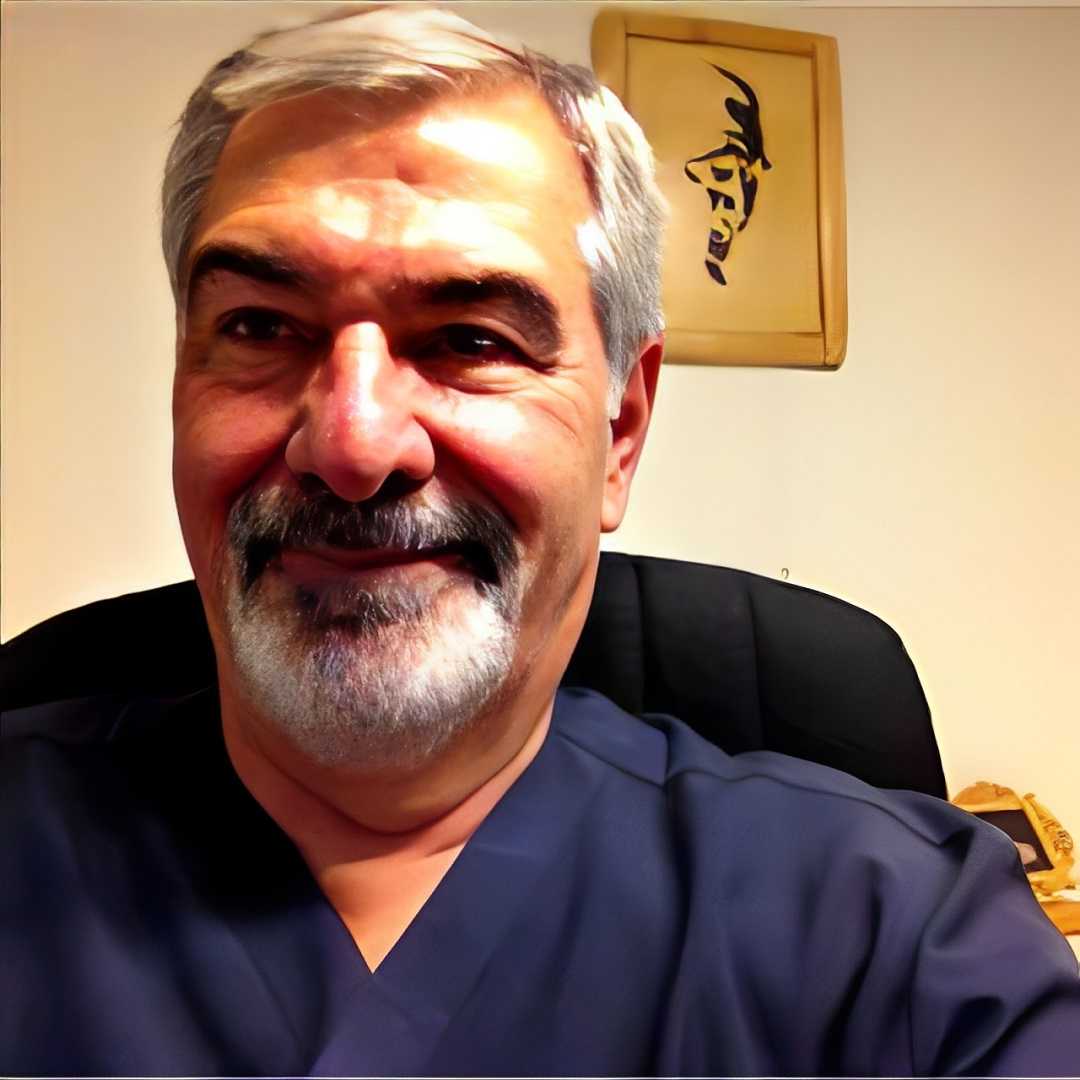


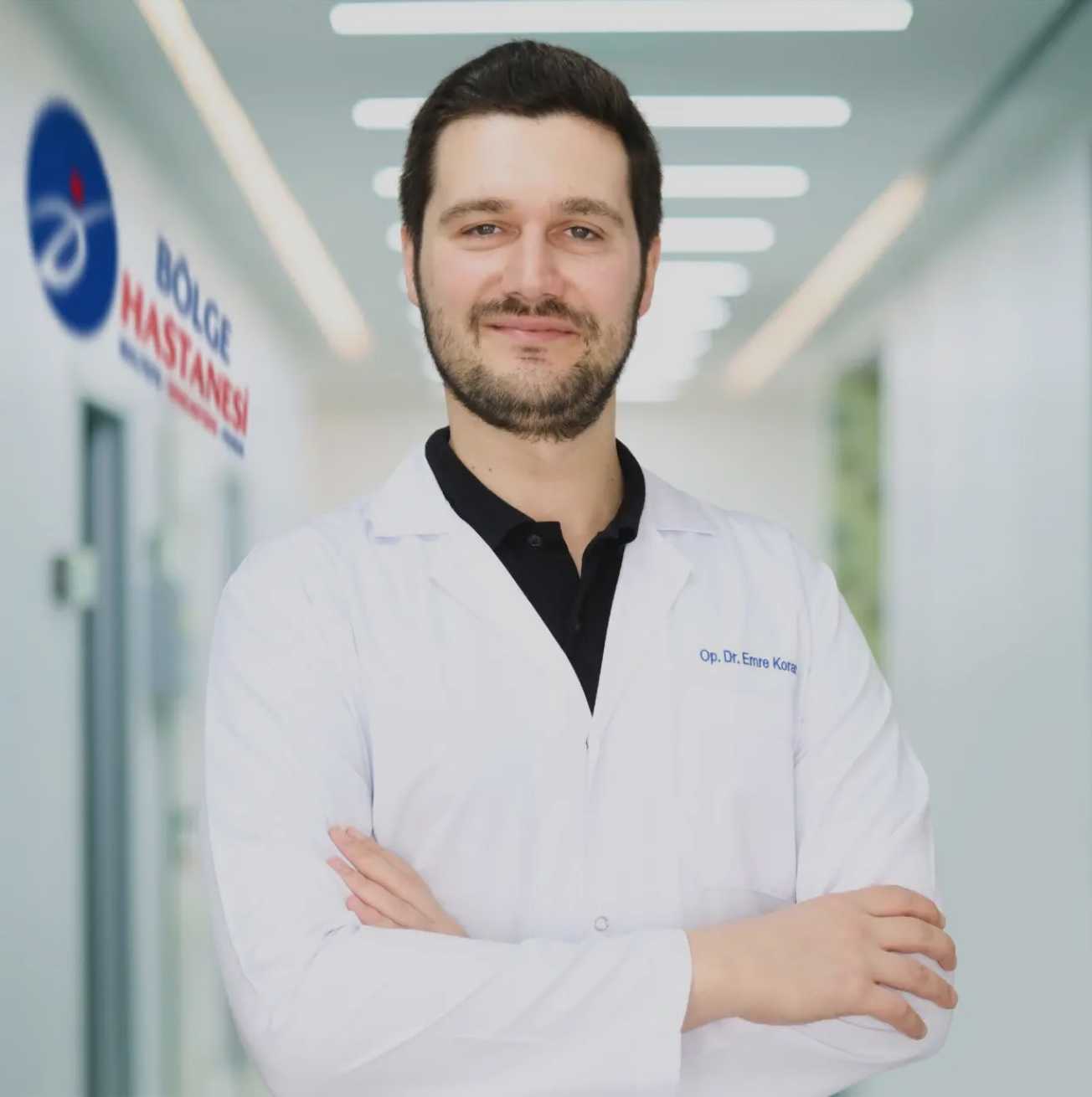





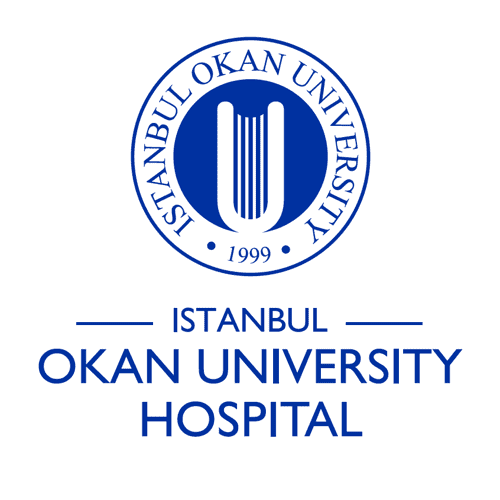
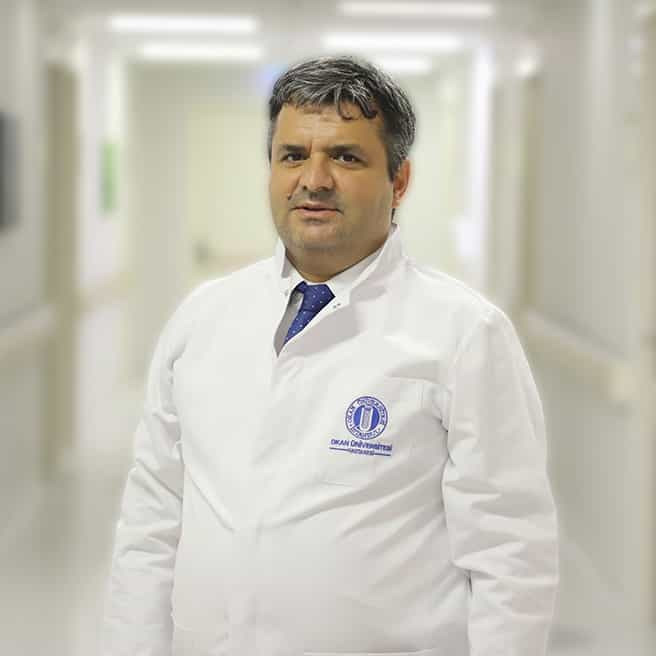








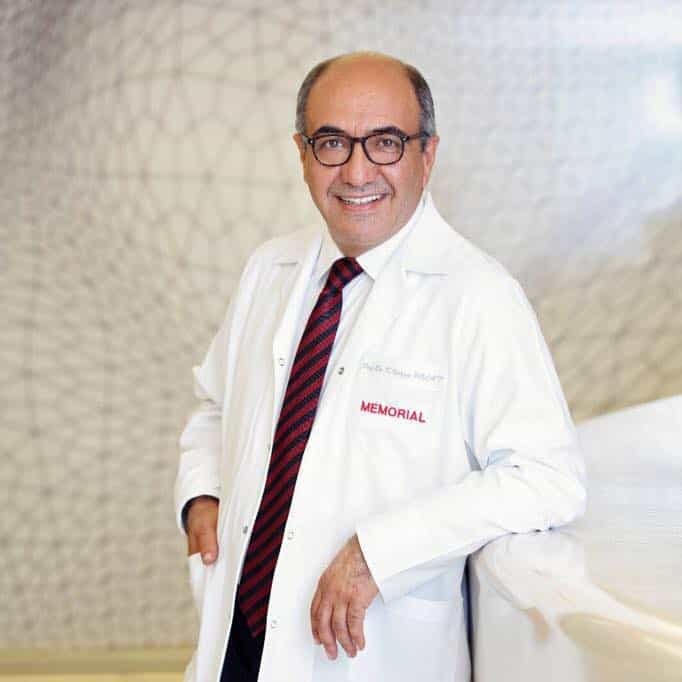





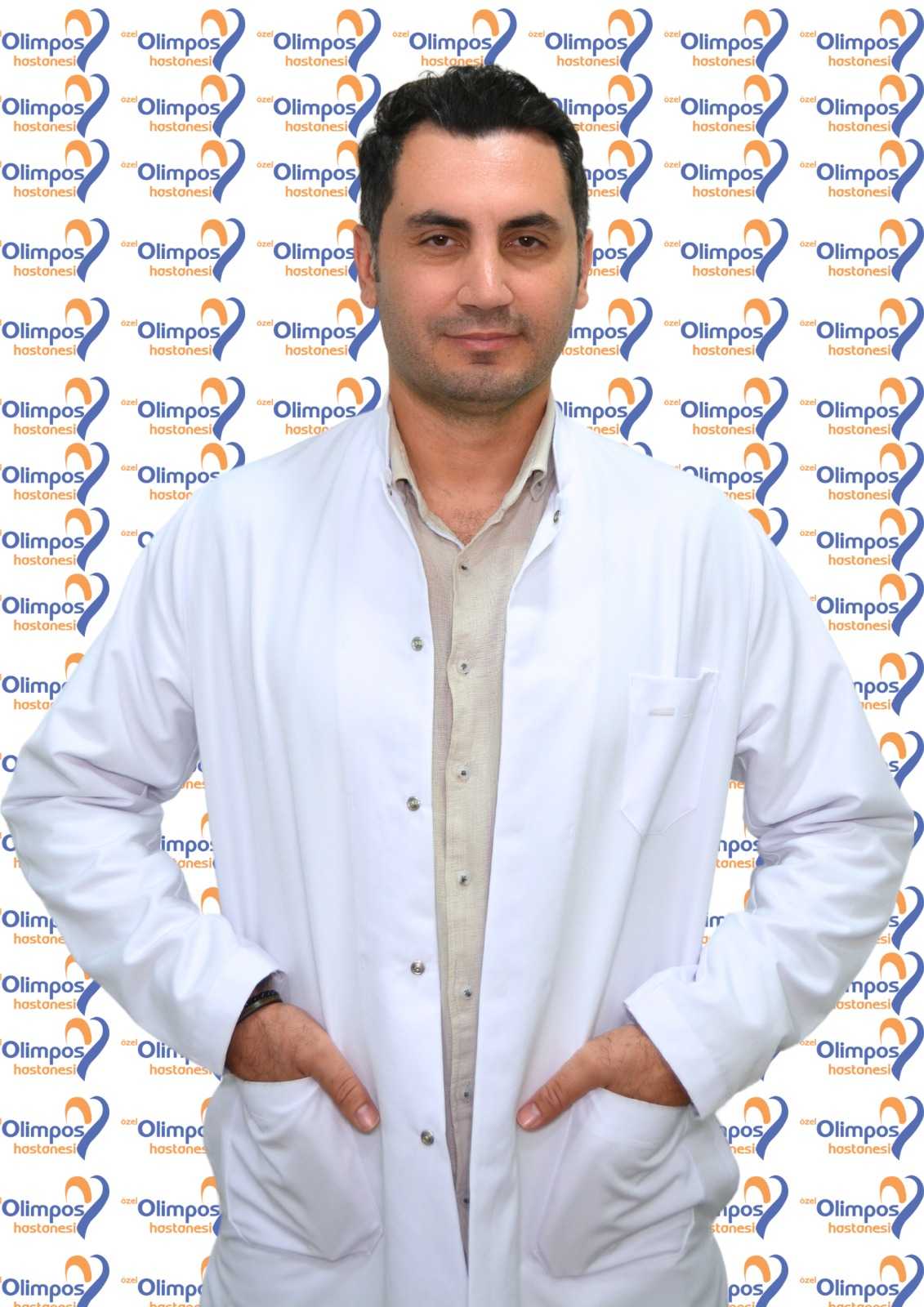

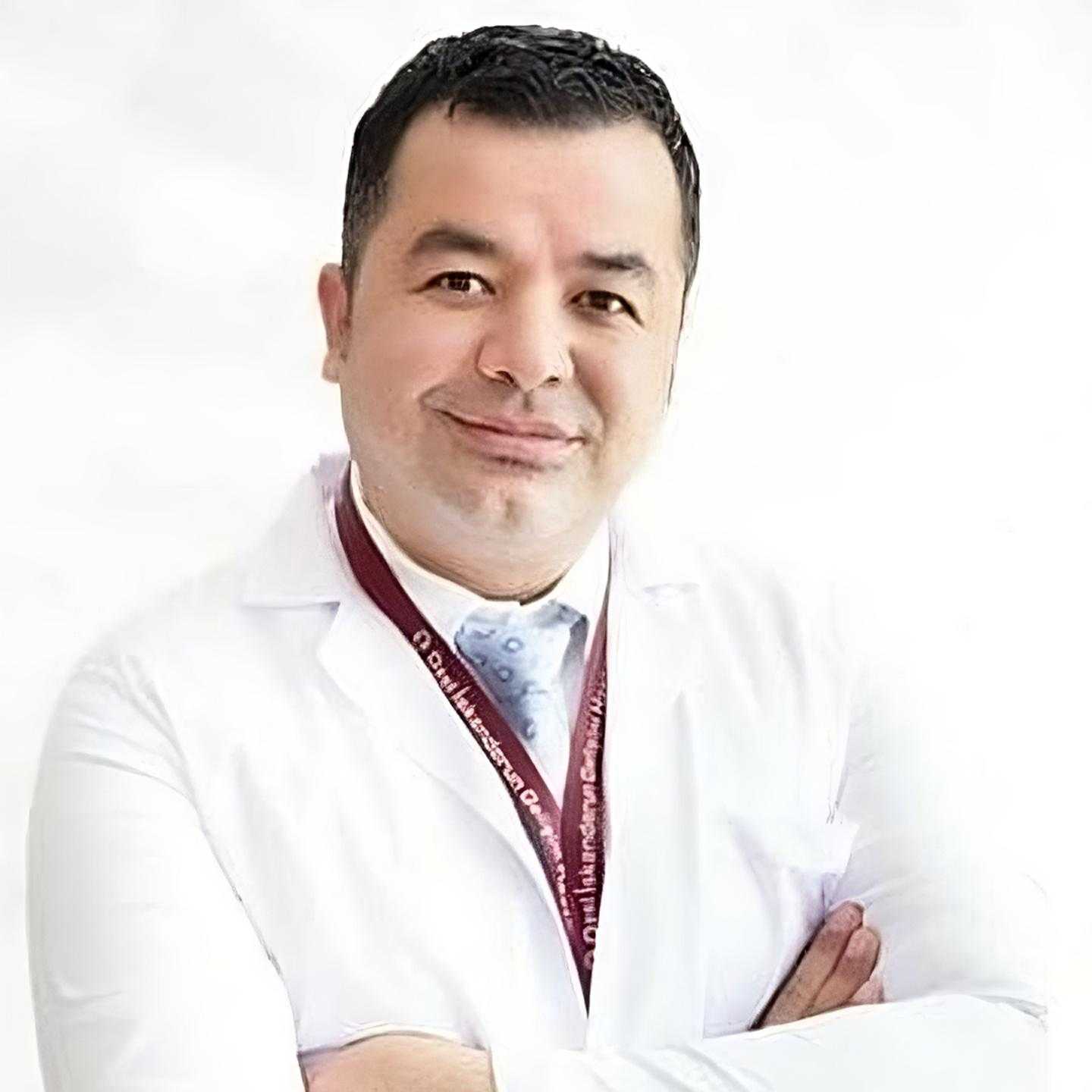
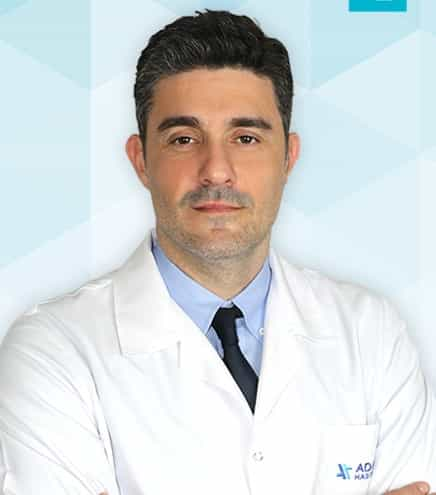

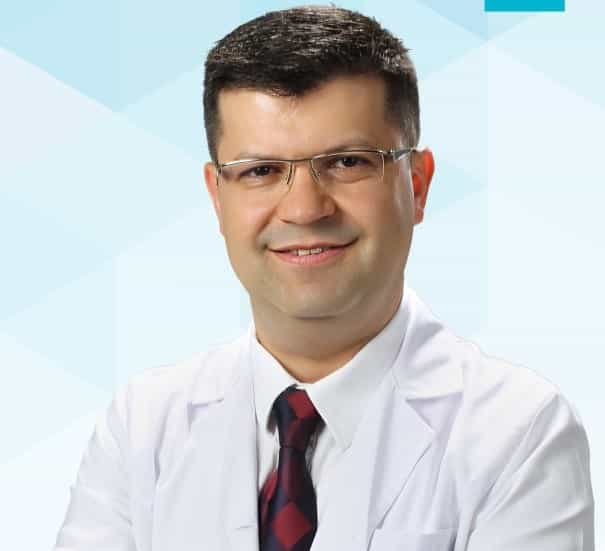


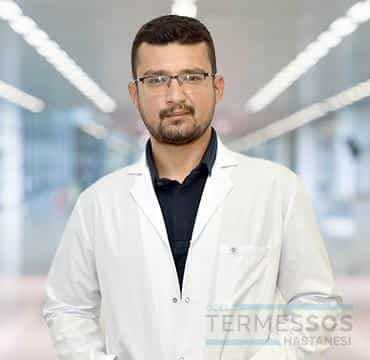

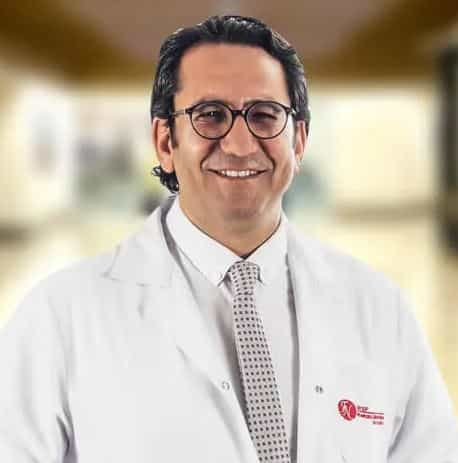


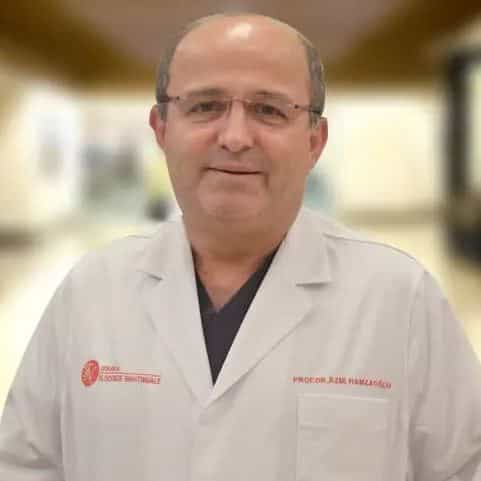



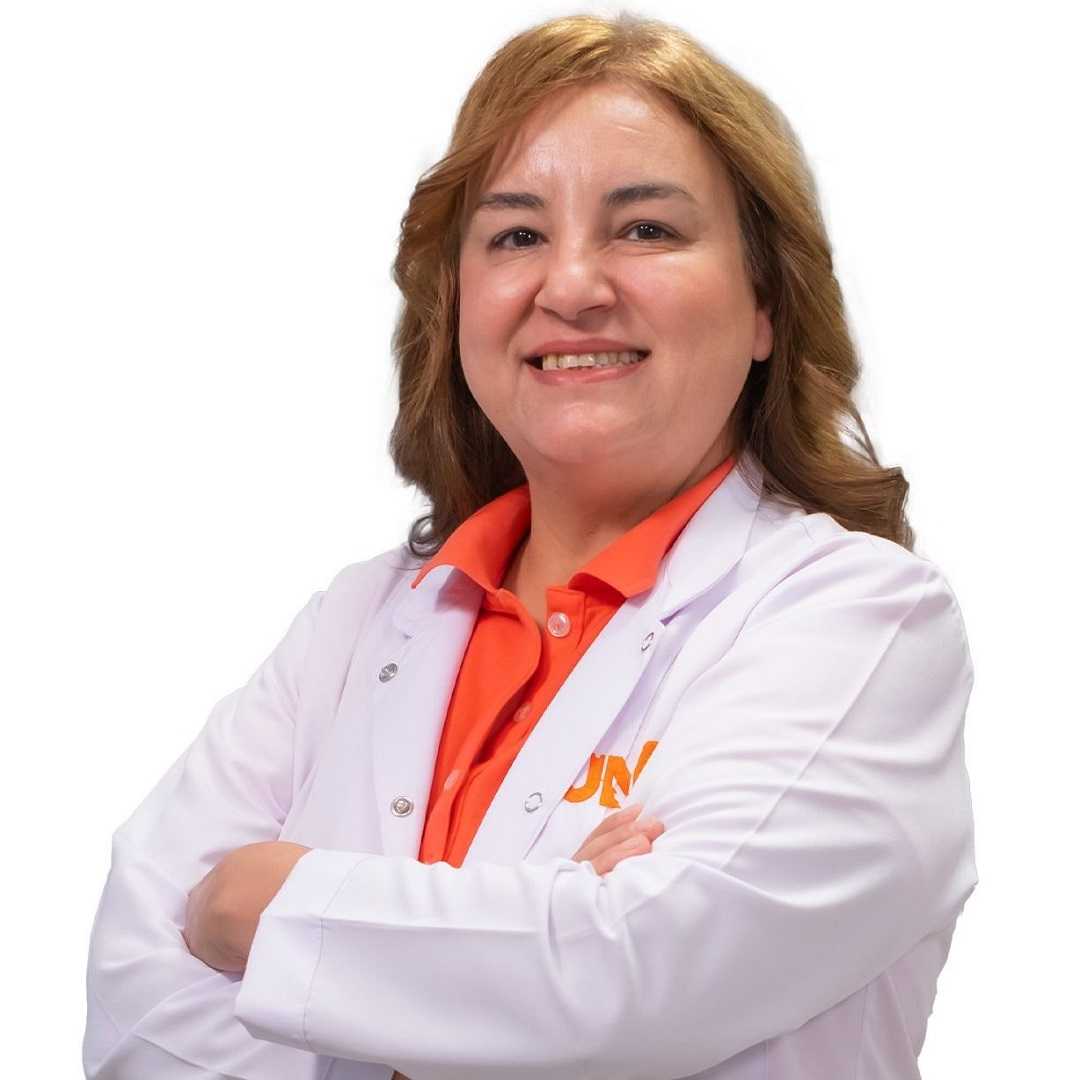
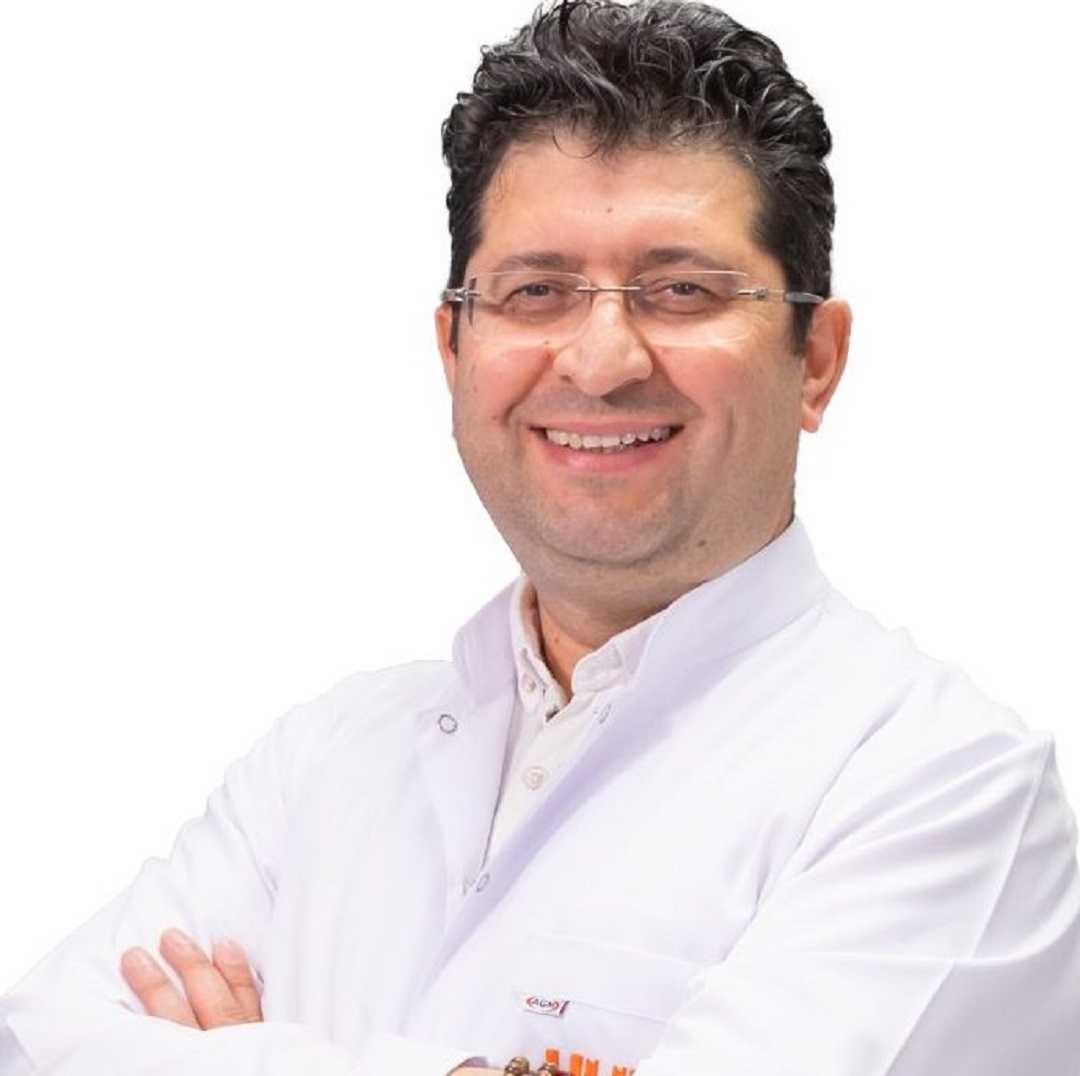
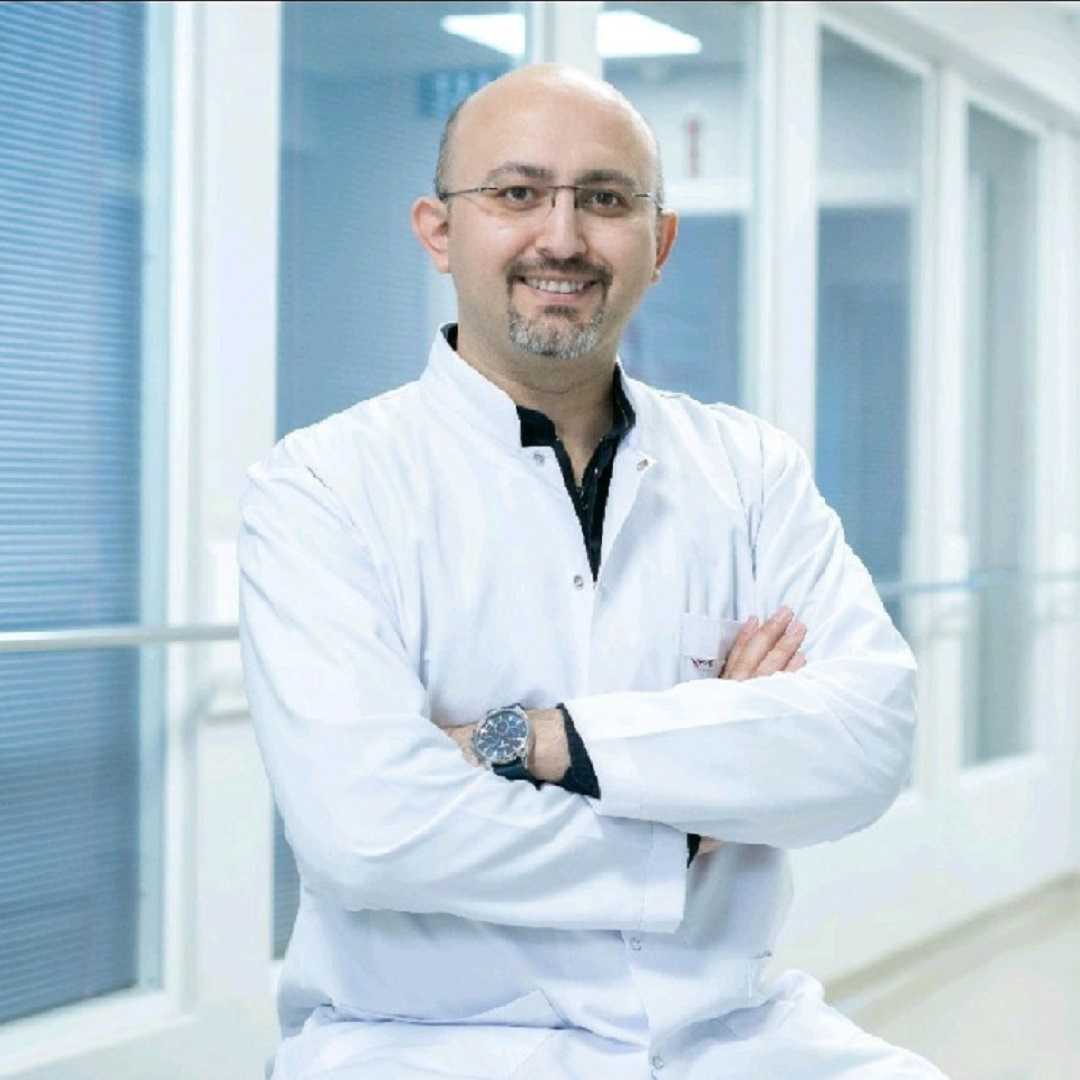

.png)





Great hospital, good cordination. I came from England to have an operation here and they had a great guy doing the hospitals English translation. He accompanied me to every analysis and my operation. The staff team on the 7th floor are to be congratulated for their work, they are good at what they do and you can tell they enjoy their line of work, it’s a pleasure to be nursed by them, thanks for such a easy transition
Read More